In a crisis, knowing what not to do can be just as important as knowing what to do. Many popular survival tips are actually dangerous myths that could put your life at risk. Let’s bust some of these myths and learn the truth about survival in emergency situations.
Myth 1: Drinking Alcohol Warms You Up

Many people believe a shot of whiskey can help you stay warm in cold weather. This is dead wrong and potentially deadly. Alcohol actually lowers your core body temperature by dilating blood vessels near your skin. This makes you feel warmer temporarily, but you’re losing heat faster. In freezing conditions, this can lead to hypothermia. Instead of booze, drink warm, non-alcoholic beverages and eat high-energy foods to maintain body heat.
Myth 2: You Can Drink Water from a Cactus
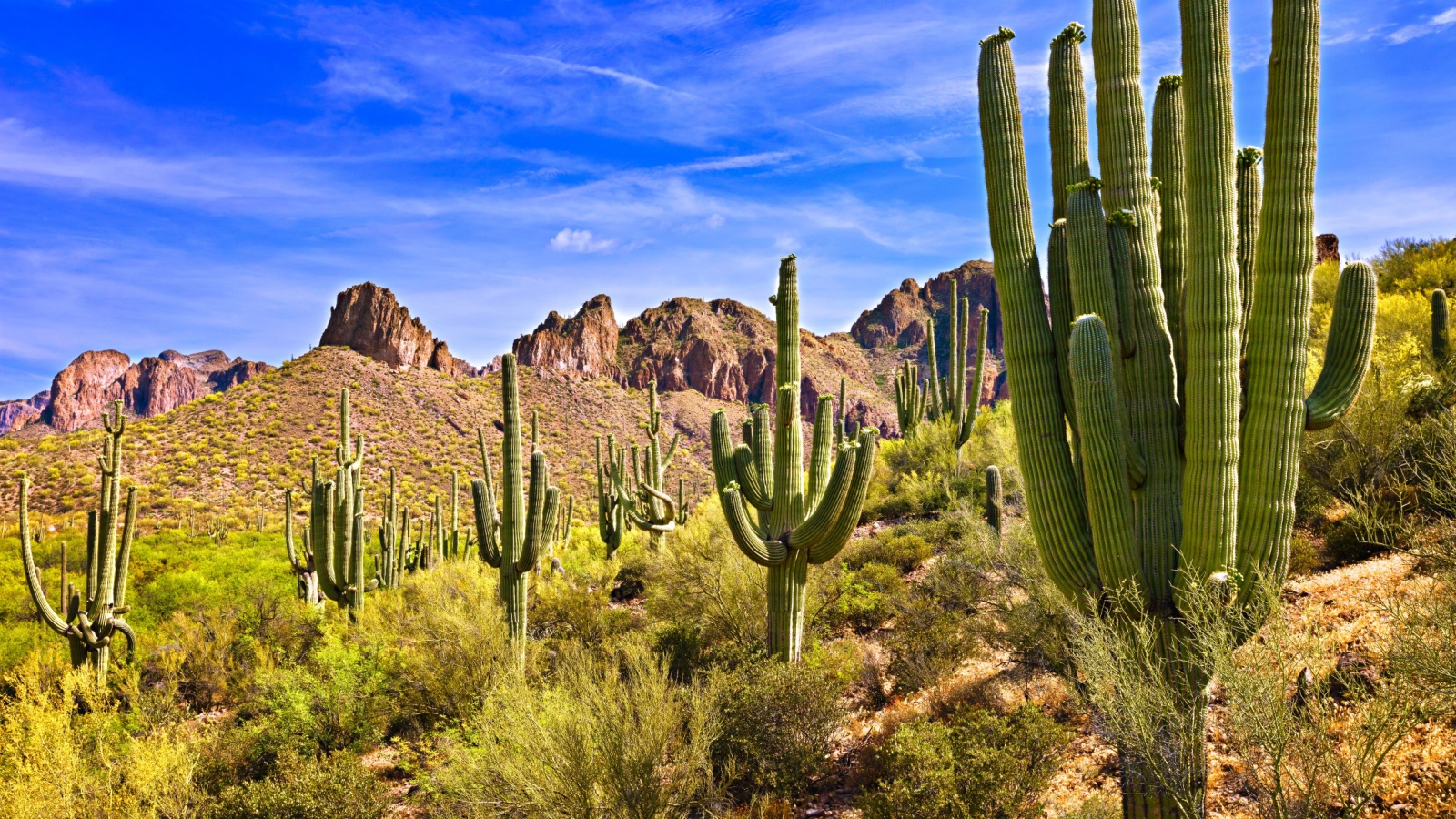
Movies often show desperate desert survivors cutting open a cactus for water. In reality, most cactus “water” is a toxic alkaloid that can make you sick, causing vomiting and diarrhea. This leads to even worse dehydration. Some cacti, like the barrel cactus, do contain drinkable liquid, but it’s hard to identify the right species. Your best bet in a desert is to find water through other means, like solar stills or following animal tracks.
Myth 3: Moss Always Grows on the North Side of Trees
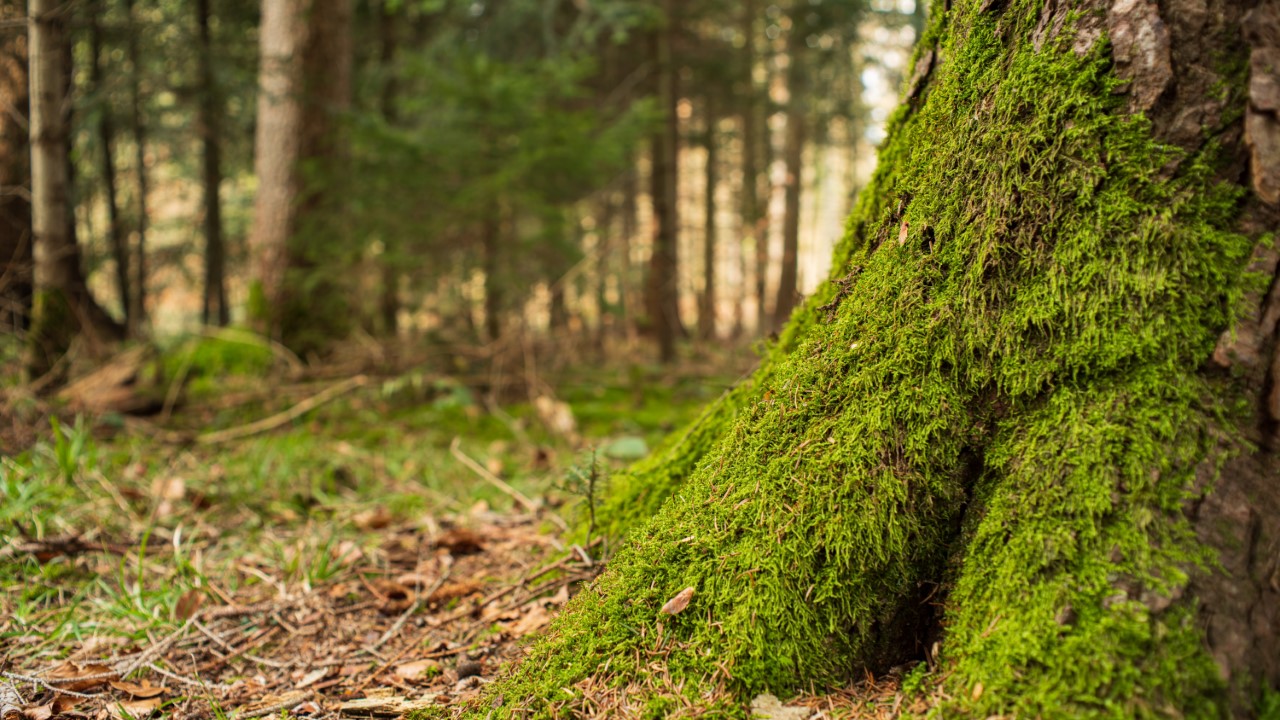
This myth has led many lost hikers astray. While moss often prefers shadier, north-facing surfaces in the Northern Hemisphere, it’s not a reliable compass. Moss growth depends on many factors like moisture, shade, and tree bark. In dense forests or southern latitudes, moss can grow all around tree trunks. For navigation, rely on actual compasses, the sun’s position, or other natural indicators like the North Star.
Myth 4: Sucking Out Snake Venom Saves Lives
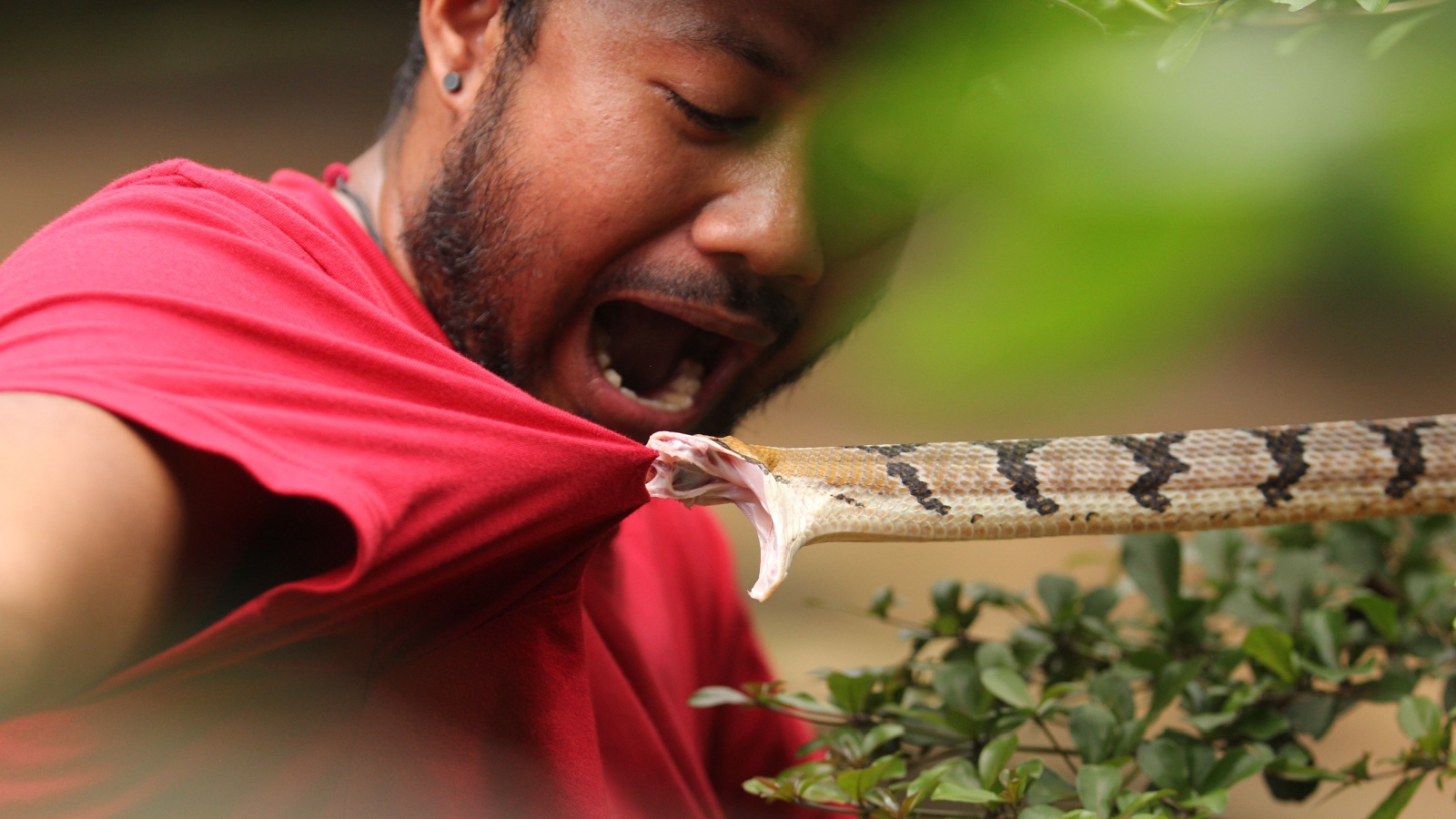
Despite what you’ve seen in movies, sucking venom from a snakebite doesn’t work and can make things worse. Most venom spreads too quickly to be extracted this way. Sucking the wound can introduce bacteria from your mouth, leading to infection. It can also delay proper treatment. The best approach is to keep the bite victim calm, immobilize the affected limb, and seek medical help immediately.
Myth 5: You Should Play Dead If a Bear Attacks
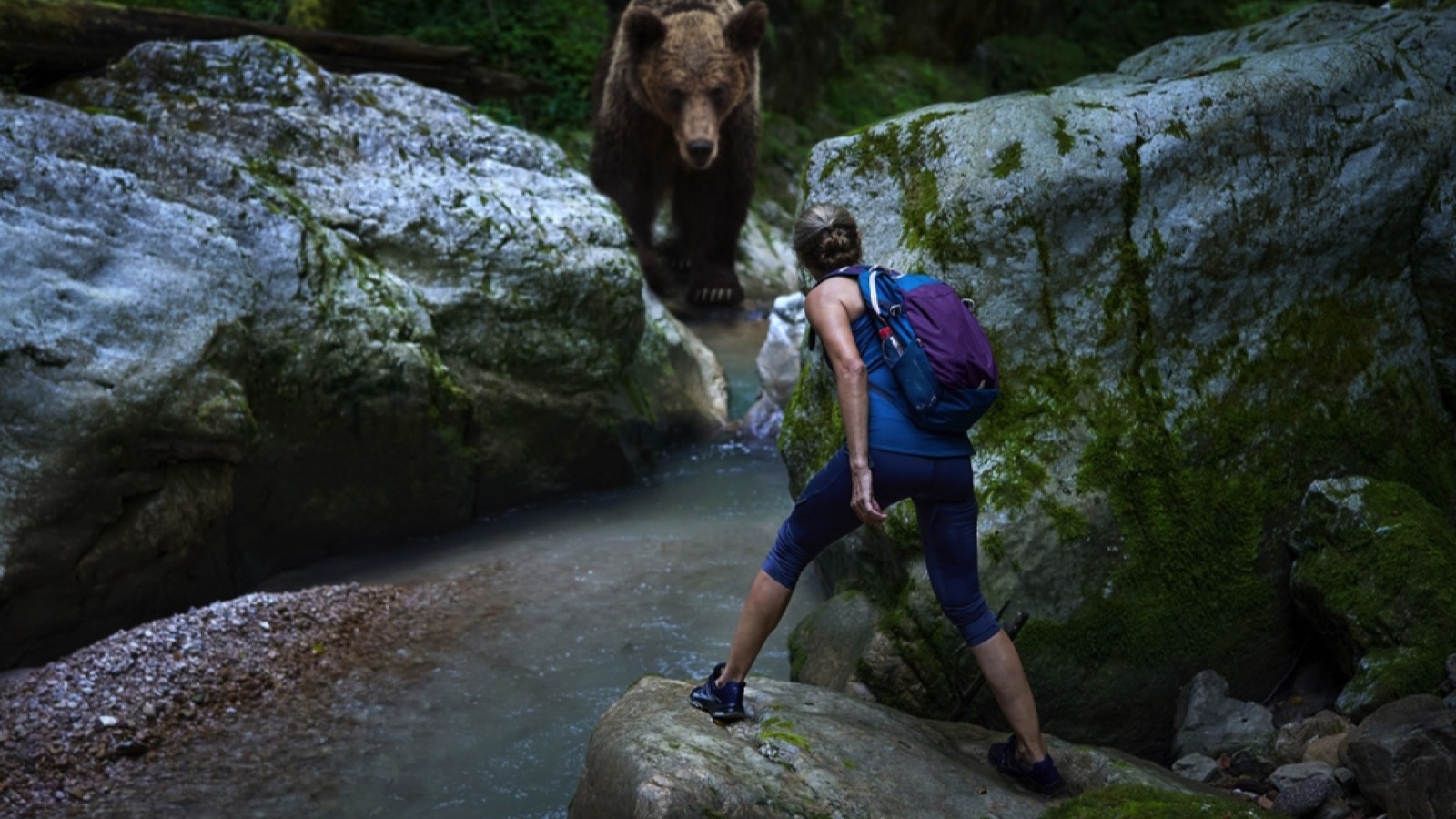
Playing dead works for some bear encounters, but not all. For grizzly bears, playing dead might help if the attack is defensive. But for black bears, which are often predatory, playing dead can make you an easy meal. With black bears, fight back aggressively. For any bear, try to avoid encounters by making noise while hiking and properly storing food. If you see a bear, back away slowly while facing the bear and speaking calmly.
Myth 6: Raw Eggs Are a Great Survival Food

While raw eggs are nutritious, eating them in a survival situation is risky. Raw eggs can contain Salmonella bacteria, which can cause severe food poisoning. In a survival scenario, diarrhea and vomiting from food poisoning could be life-threatening due to dehydration. Always cook eggs thoroughly if possible. If you must eat them raw, choose fresh eggs from your own chickens rather than store-bought ones, which have a higher risk of contamination.
Myth 7: You Can Drink Your Own Urine to Survive
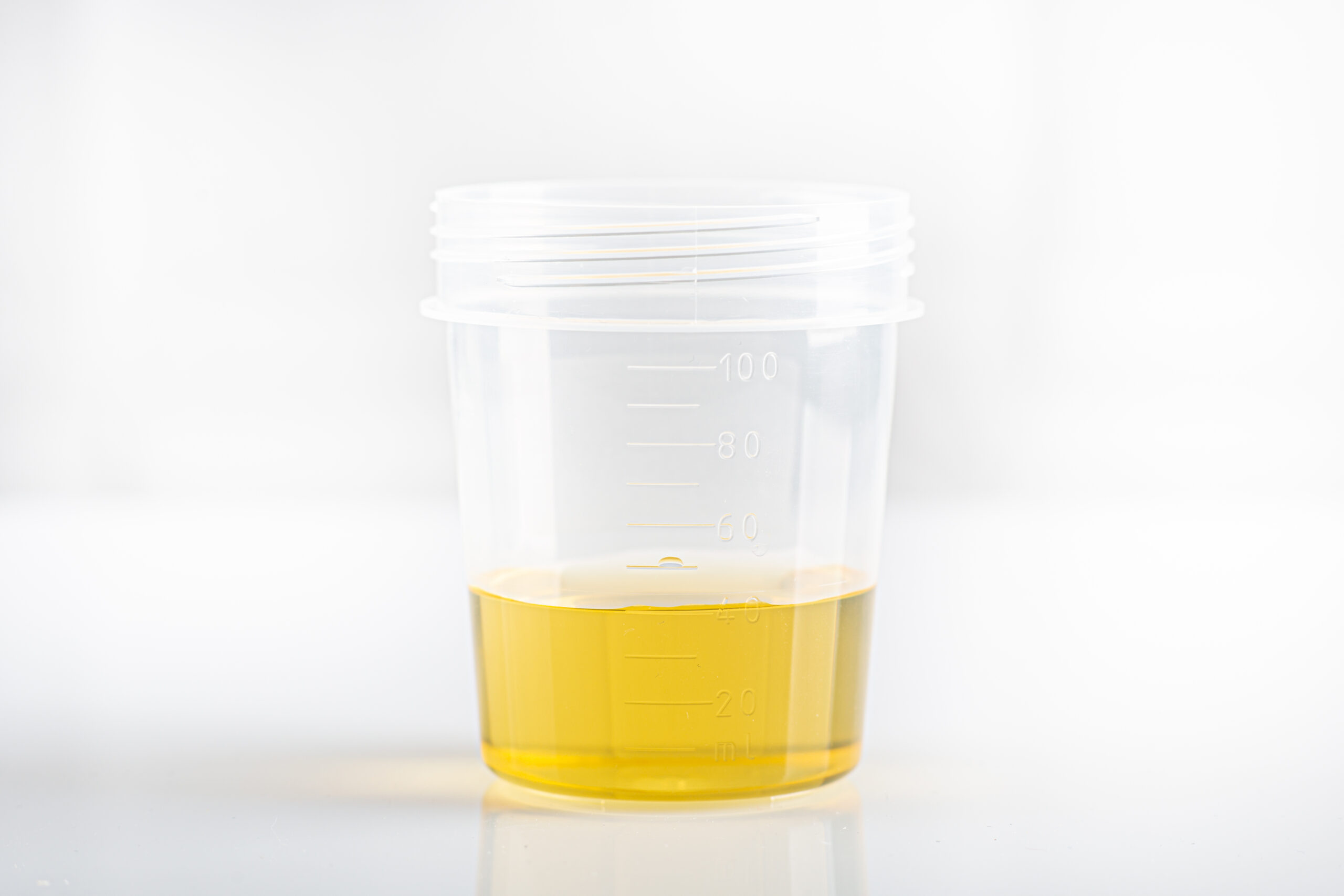
Drinking urine might seem like a last resort for hydration, but it’s a bad idea. Urine contains waste products your body is trying to eliminate. Drinking it will make you thirstier and can lead to kidney problems. In a real emergency, it’s better to use urine for other purposes, like soaking a cloth to cool your body or fertilizing plants. Focus on finding clean water sources or purifying available water instead.
Myth 8: Eating Snow Is a Good Way to Hydrate
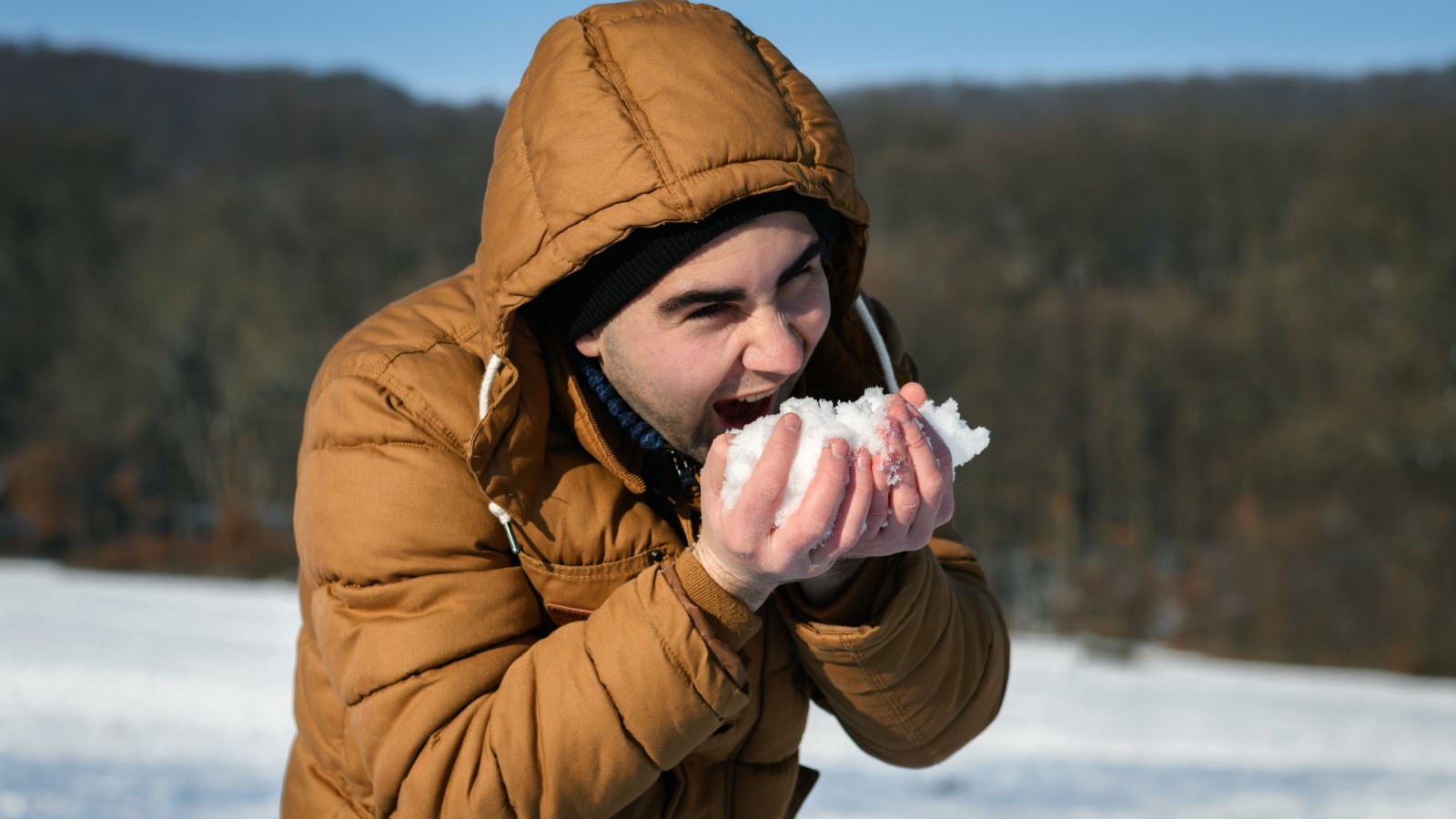
While snow is just frozen water, eating it directly can lower your body temperature and increase your risk of hypothermia. It also takes a lot of energy for your body to melt and warm the snow, which can be dangerous if you’re already cold and tired. Instead, melt snow first and warm it if possible before drinking. This saves your body energy and prevents the risks associated with cooling your core temperature.
Myth 9: You Can Outrun a Flash Flood
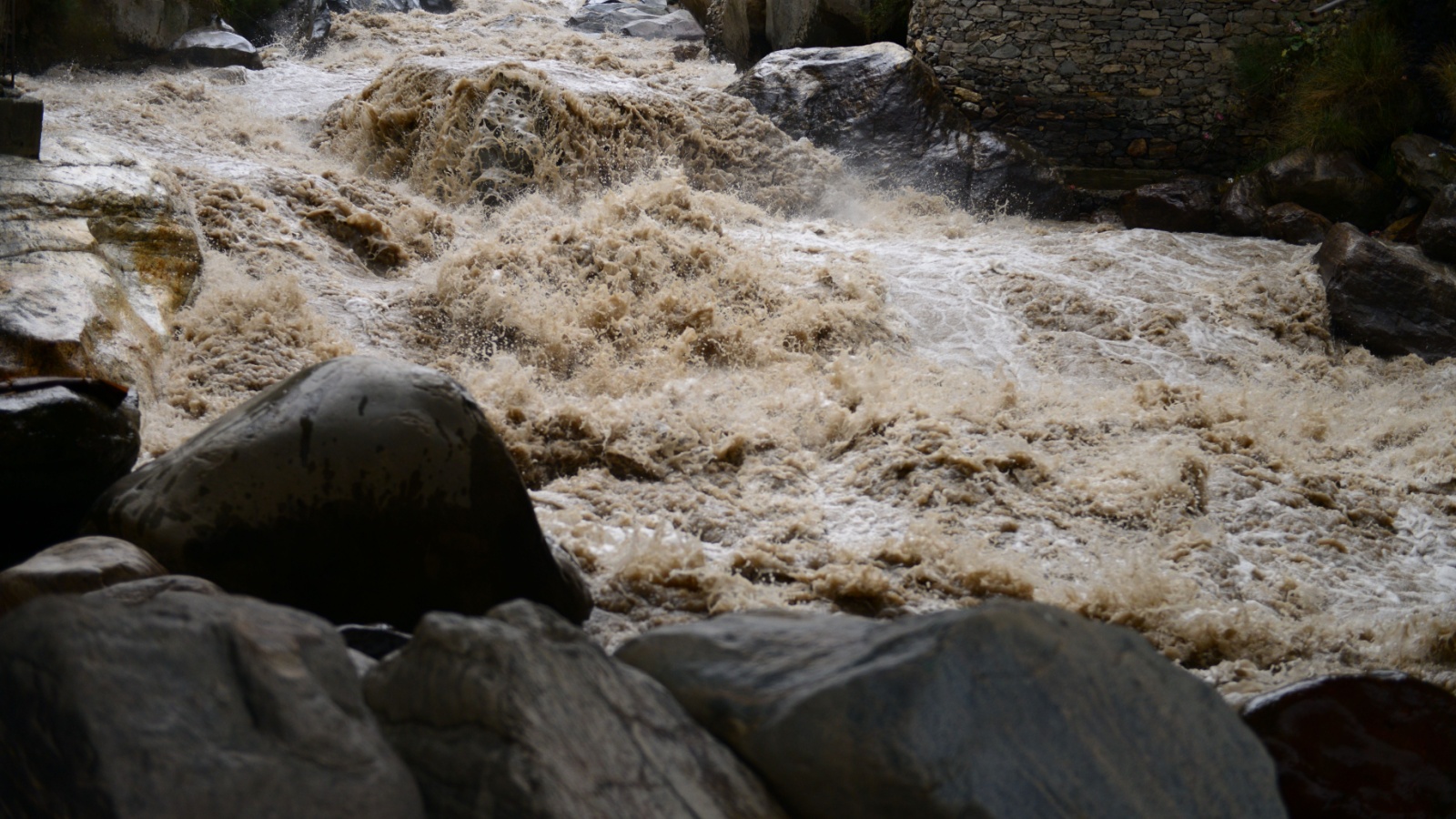
Flash floods are incredibly powerful and fast. Water moving at just 6 mph exerts the same force as air moving at EF5 tornado speeds (over 200 mph). Even in shallow water, the force can easily sweep you off your feet. Instead of trying to outrun a flash flood, immediately move to higher ground. If you’re in a vehicle, get out and climb to safety if water is rising around you. Just 6 inches of moving water can knock you down, and 2 feet can float most vehicles.
Myth 10: Punch a Shark in the Nose to Survive an Attack

While hitting a shark’s sensitive nose area might deter it, aiming for such a small target in a panic situation is difficult and dangerous. Instead, experts recommend targeting the eyes and gills, which are more sensitive and easier to reach. Use whatever you have – fists, cameras, or other objects – to strike these areas forcefully. Remember, most shark encounters aren’t attacks. Stay calm, maintain eye contact, and back away slowly if possible.
Myth 11: You Need to Find Food Immediately in a Survival Situation
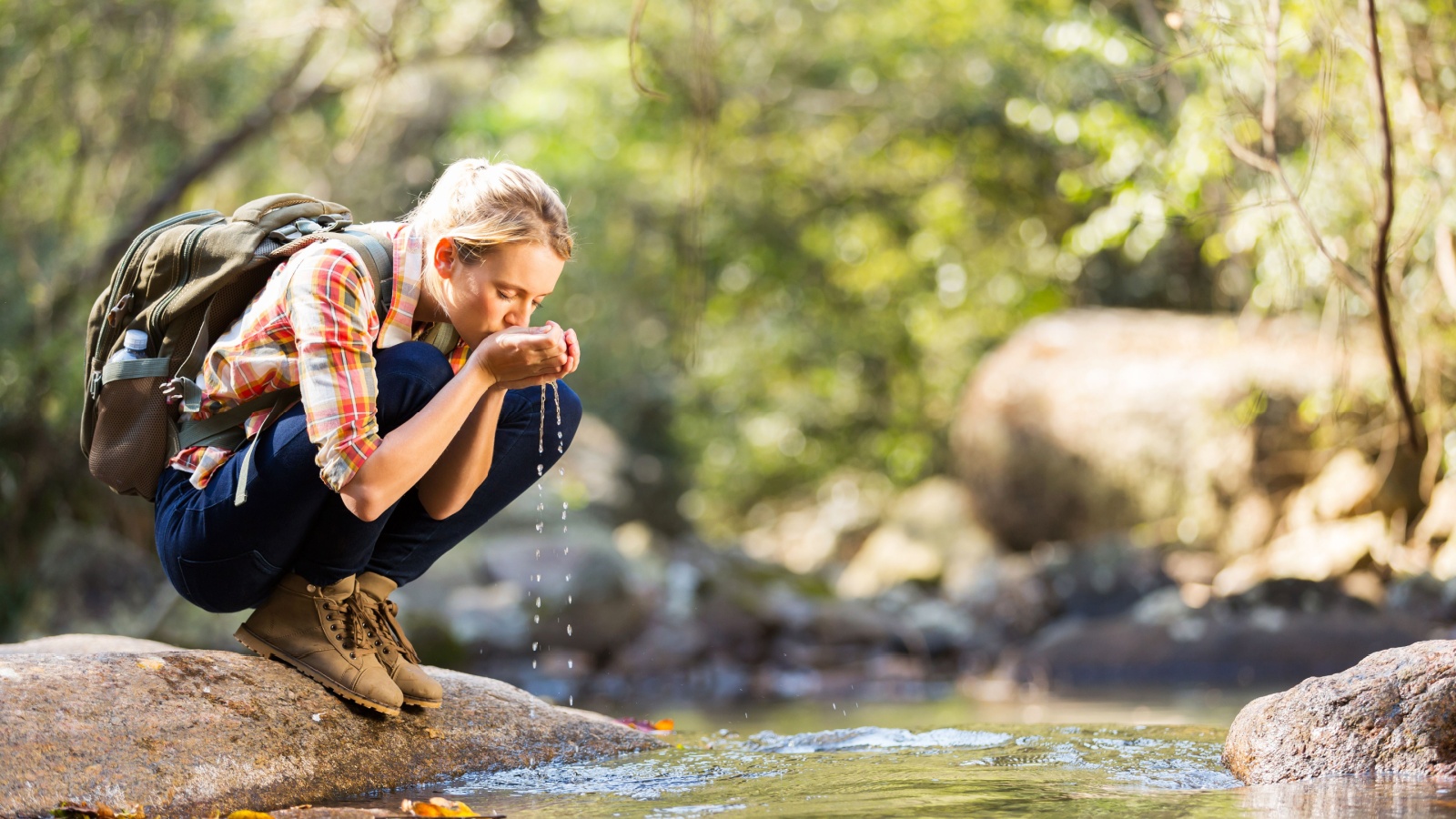
In most survival scenarios, finding food should not be your top priority. The human body can survive for weeks without food, but only days without water. Your immediate focus should be on finding clean water, building shelter, and signaling for rescue. Expending energy on hunting or foraging when you’re dehydrated or exposed to the elements can be dangerous. Once you’ve secured water and shelter, then you can think about finding food sources.
Myth 12: Boiling Water Makes It Safe to Drink
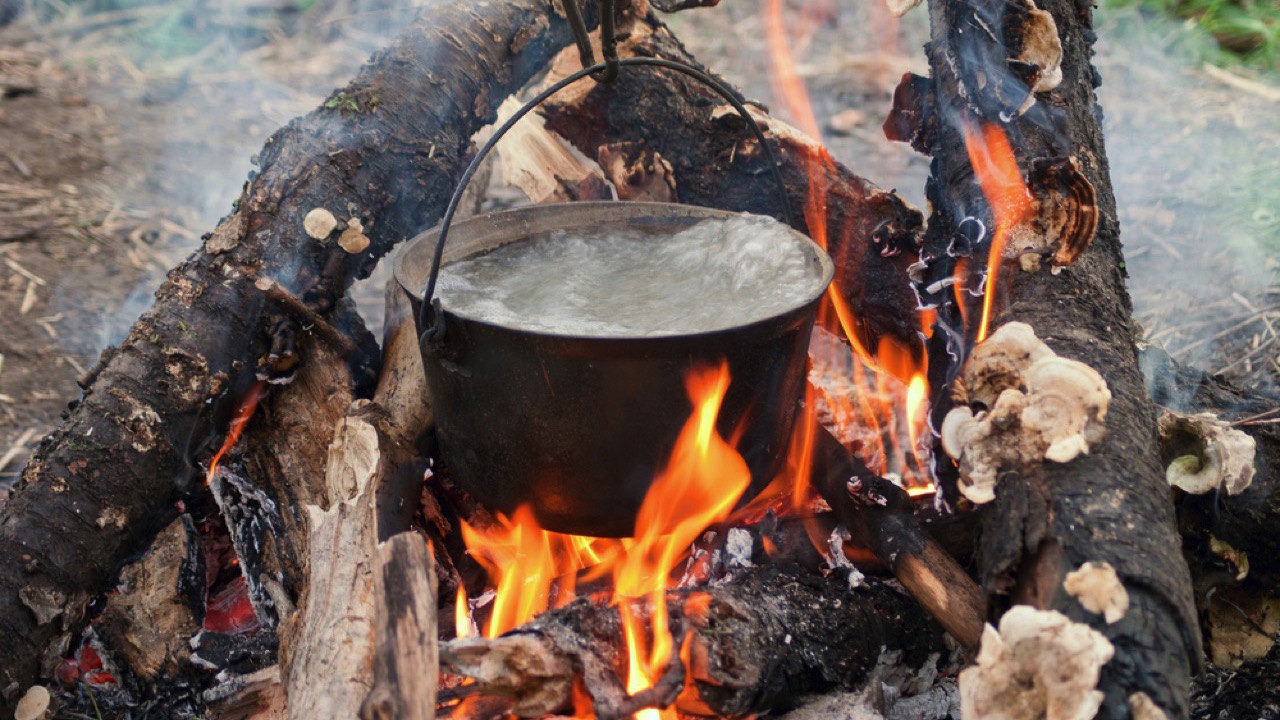
While boiling water kills most pathogens, it doesn’t remove chemical contaminants or heavy metals. In areas with industrial pollution or pesticide runoff, boiling alone isn’t enough. Boiling also doesn’t remove sediment, which can contain harmful substances. For truly safe drinking water in uncertain conditions, use a combination of methods: boil the water, then filter it through cloth to remove sediment, and if possible, use activated charcoal to remove chemical contaminants.
Myth 13: A Lean-to Is the Best Survival Shelter
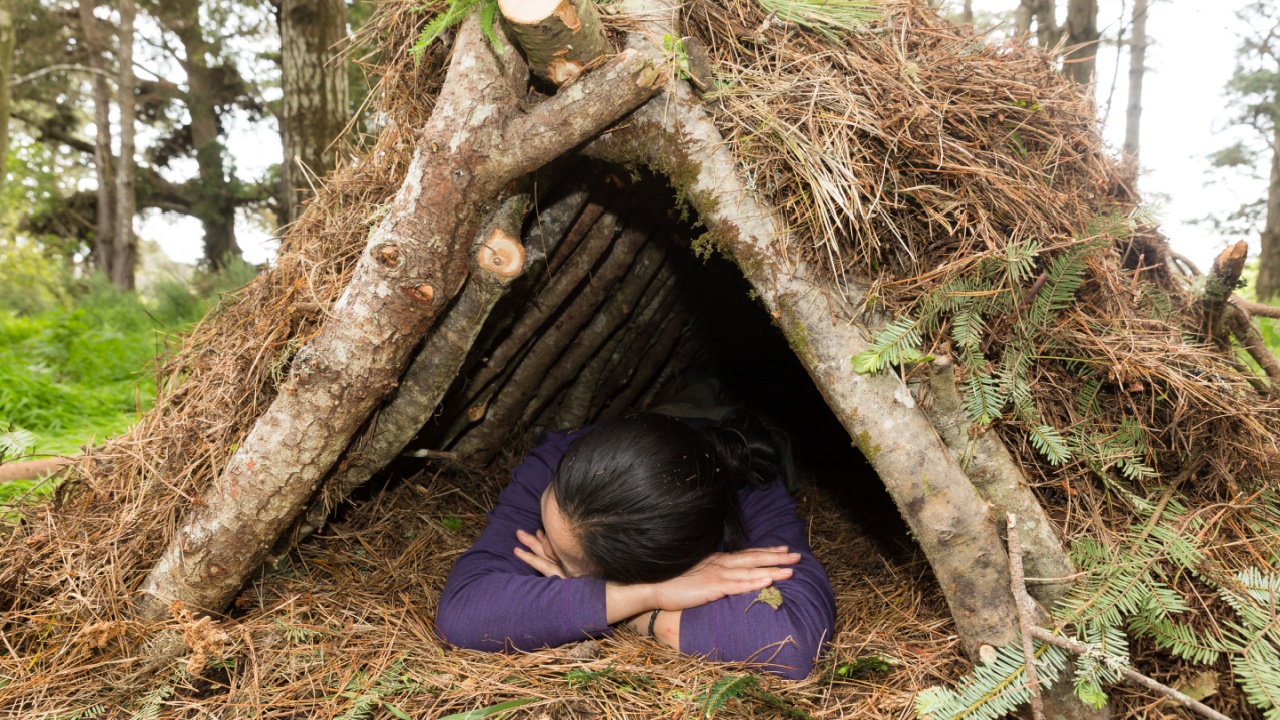
While a lean-to is easy to build, it’s not always the best shelter option. Lean-tos are open on one side, making them poor insulators and leaving you exposed to wind and rain. In cold or wet conditions, a fully enclosed shelter like a debris hut or snow cave is much more effective. These trap your body heat and protect you from the elements on all sides. The best shelter type depends on your environment, available materials, and weather conditions. Always prioritize insulation and protection from wind and moisture when building a survival shelter.
Myth 14: You Can Safely Eat Any Plant That Animals Eat

Just because you see an animal eating a plant doesn’t mean it’s safe for humans. Many animals have different digestive systems that can handle plants toxic to us. For example, birds can eat poisonous berries that would make a human very sick. Some animals, like goats, can even eat poison ivy without ill effects. Instead of relying on animal behavior, learn to positively identify edible plants in your area. When in doubt, use the Universal Edibility Test, which involves gradually exposing yourself to small amounts of the plant over 24 hours before eating it.
Myth 15: Lightning Never Strikes the Same Place Twice
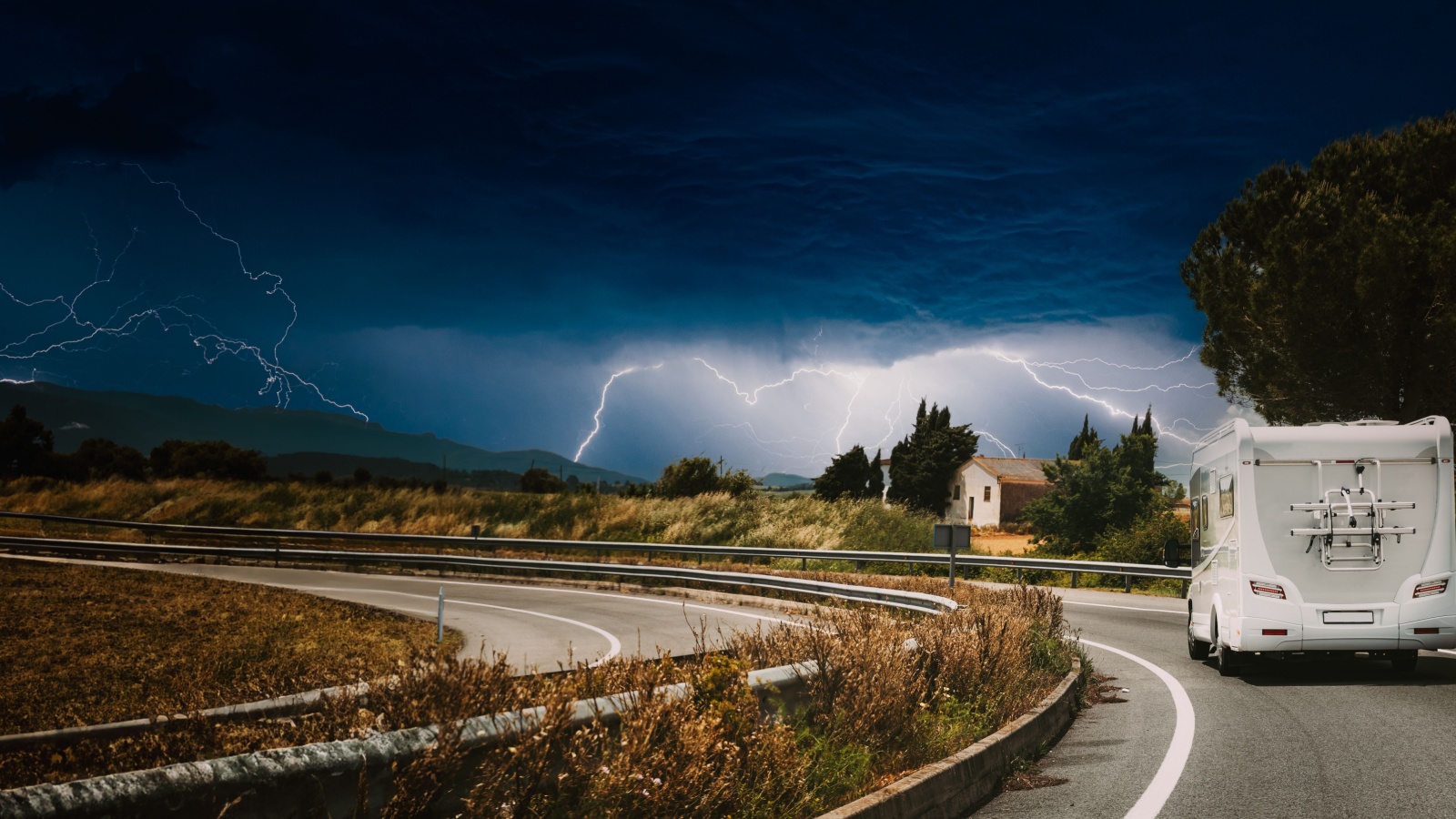
This myth can lead people to dangerously seek shelter near recent lightning strike sites. In reality, lightning often strikes the same place repeatedly, especially tall objects and structures. The Empire State Building is hit by lightning about 25 times a year. During a thunderstorm, seek proper shelter immediately. If caught outside, avoid open areas, tall objects, and bodies of water. The safest position is crouching low with your feet close together, minimizing your contact with the ground.
Best Hunting Rifles of the Last 50 Years

Choosing the “best” hunting rifle is a pretty personal thing. We all have different opinions and preferences on what we like to hunt with. But still, over the last 50 years, there have been some remarkable weapons. Over the past half-century, the evolution of hunting rifles has seen so many innovations, catering to a wide range of needs from the casual deer hunter to the adventurous big-game enthusiast. What’s your favorite hunting rifle? Which weapons deserve a spot on this list?
- Read More: Best Hunting Rifles of the Last 50 Years
14 Most Versatile Hunting Cartridges

With almost 16 million hunters in the United States, and with such a huge range of game to hunt, the right rifle and the best cartridge is critical. We have some of the most diverse ecosystems on the planet, with animals ranging from tiny squirrels to gigantic moose. The cornerstone of a successful hunt lies in the hunter’s skill and knowledge but also in the choice of ammunition. The right cartridge can make all the difference, offering the power needed for a clean, humane kill without compromising the quality of the game.
- Read More: 14 Most Versatile Hunting Cartridges
38 Things Every Prepper Should Stockpile That Aren’t Water, Food, or Weapons

This list extends beyond the basic survival trio of water, food, and weapons. It’s a given that we need to stock up on water, food, and a way to defend ourselves and what we have. But what other things will you need in a survival situation? None of us truly knows what TEOTWAWKI will really look like, although most of us have theories we think most likely. But whatever the situation is, there are certain supplies that it just makes sense to have on hand, aside from the obvious trio I mentioned above.

